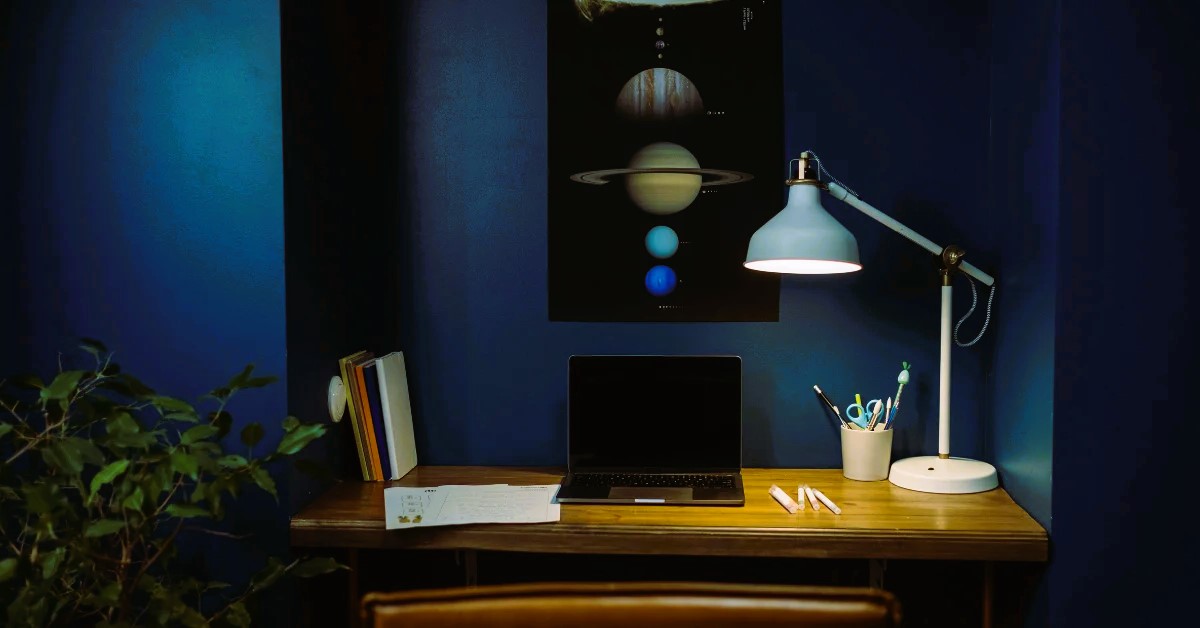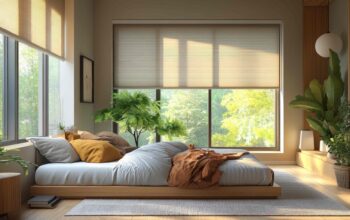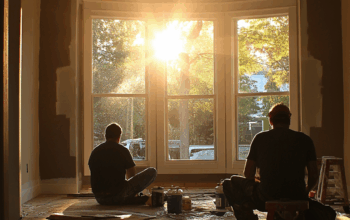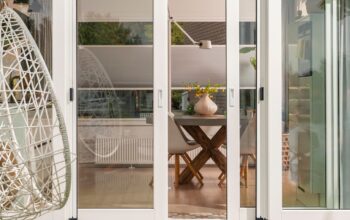With the rise of remote work and flexible schedules, the home office has become an essential space for many professionals. A well-designed home office not only facilitates productivity but also promotes comfort and well-being. Whether you’re working from home full-time or just need a dedicated space for occasional tasks, designing a home office that meets your needs is essential. In this article, we explore design tips for creating a home office that enhances productivity, fosters creativity, and promotes overall comfort.
Understanding the Importance of Home Office Design
The design of your home office can have a significant impact on your work performance, mood, and overall well-being. A thoughtfully designed workspace promotes focus, concentration, and efficiency, while also reducing distractions and minimizing discomfort. By incorporating ergonomic principles, optimizing layout and organization, and enhancing aesthetics, you can create a home office that supports your professional goals and enhances your quality of life.
Ergonomic Considerations
Ergonomics refers to the science of designing environments and equipment to maximize human performance and minimize the risk of injury or discomfort. When designing your home office, consider the following ergonomic principles:
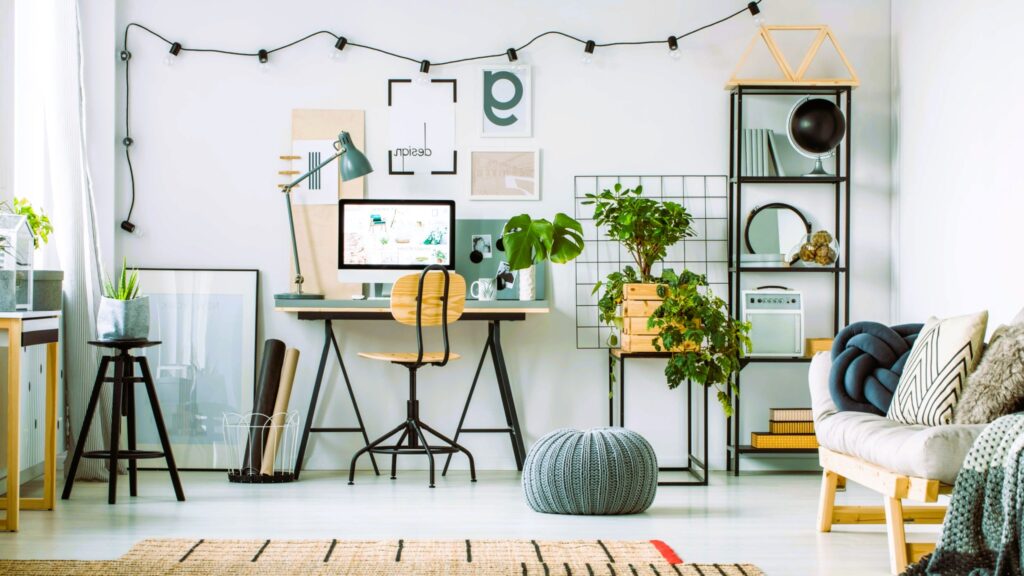
- Proper Seating: Invest in a comfortable, adjustable chair that provides adequate support for your back, arms, and legs. Choose a chair with adjustable height, lumbar support, and armrests to promote good posture and reduce the risk of musculoskeletal strain.
- Optimal Desk Height: Ensure that your desk is at the appropriate height to prevent neck and shoulder strain. Your desk should allow your elbows to rest comfortably at a 90-degree angle when typing, with your wrists in a neutral position. Do you like the article? Read also about Mixing patterns and textures.
- Monitor Placement: Position your computer monitor at eye level to reduce neck strain and minimize glare. Use a monitor stand or adjustable arm to achieve the proper height and angle for optimal viewing comfort.
- Keyboard and Mouse Placement: Keep your keyboard and mouse close to your body and at the same height as your elbows to prevent reaching and straining. Use a keyboard tray or adjustable platform to achieve the correct ergonomic position.
Layout and Organization
The layout and organization of your home office can significantly impact your productivity and efficiency. Consider the following tips for optimizing your workspace:
- Functional Layout: Arrange your furniture and equipment to facilitate workflow and minimize distractions. Place frequently used items within easy reach and create designated zones for different tasks, such as writing, computer work, and storage.
- Clutter Control: Keep your home office clutter-free by investing in adequate storage solutions such as shelves, cabinets, and file organizers. Use cable management systems to keep cords and cables neat and organized, reducing visual clutter and tripping hazards.
- Personalization: Personalize your home office with decor and accessories that inspire creativity and motivation. Display artwork, photos, and plants that bring you joy and reflect your personality, creating a space that feels welcoming and inspiring.
Lighting
Proper lighting is essential for creating a comfortable and productive work environment. Consider the following lighting tips for your home office:
- Natural Light: Whenever possible, position your desk near a window to maximize natural light exposure. Natural light boosts mood and energy levels, reduces eye strain, and promotes a sense of well-being.
- Task Lighting: Supplement natural light with task lighting such as desk lamps or overhead fixtures. Choose adjustable lamps with diffused or indirect light to minimize glare and provide focused illumination for specific tasks.
- Ambient Lighting: Use ambient lighting to create a warm and inviting atmosphere in your home office. Soft, diffused lighting sources such as floor lamps or wall sconces can help reduce eye fatigue and create a cozy ambiance conducive to concentration.
Aesthetic Considerations
In addition to functionality and comfort, aesthetics play a crucial role in creating a home office that inspires creativity and motivation. Consider the following tips for enhancing the visual appeal of your workspace:
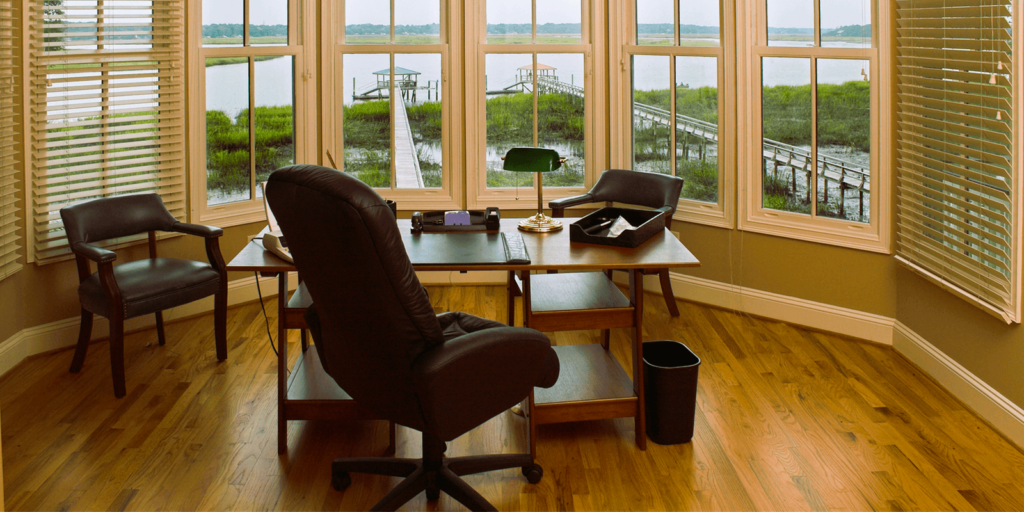
- Color Psychology: Choose paint colors and decor that promote focus, productivity, and relaxation. Opt for calming, neutral tones such as light blues, greens, or earthy neutrals, which can help reduce stress and enhance concentration.
- Personal Touches: Incorporate elements that reflect your personal style and interests into your home office decor. Display artwork, books, or mementos that inspire you and create a sense of connection to your workspace.
- Plants and Greenery: Bring the outdoors inside by adding plants and greenery to your home office. Plants not only improve air quality and reduce stress but also add a touch of natural beauty and vitality to your workspace.
Conclusion
Designing a home office that promotes productivity and comfort requires careful consideration of ergonomic principles, layout and organization, lighting, and aesthetics. By incorporating these design tips into your home office setup, you can create a workspace that supports your professional goals and enhances your overall well-being.
For more information on home office design best practices and ergonomic guidelines, visit Wikipedia’s Home Office Page.
Remember, the key to creating an effective home office lies in creating a space that is comfortable, functional, and inspiring—a place where you can thrive professionally and personally.

